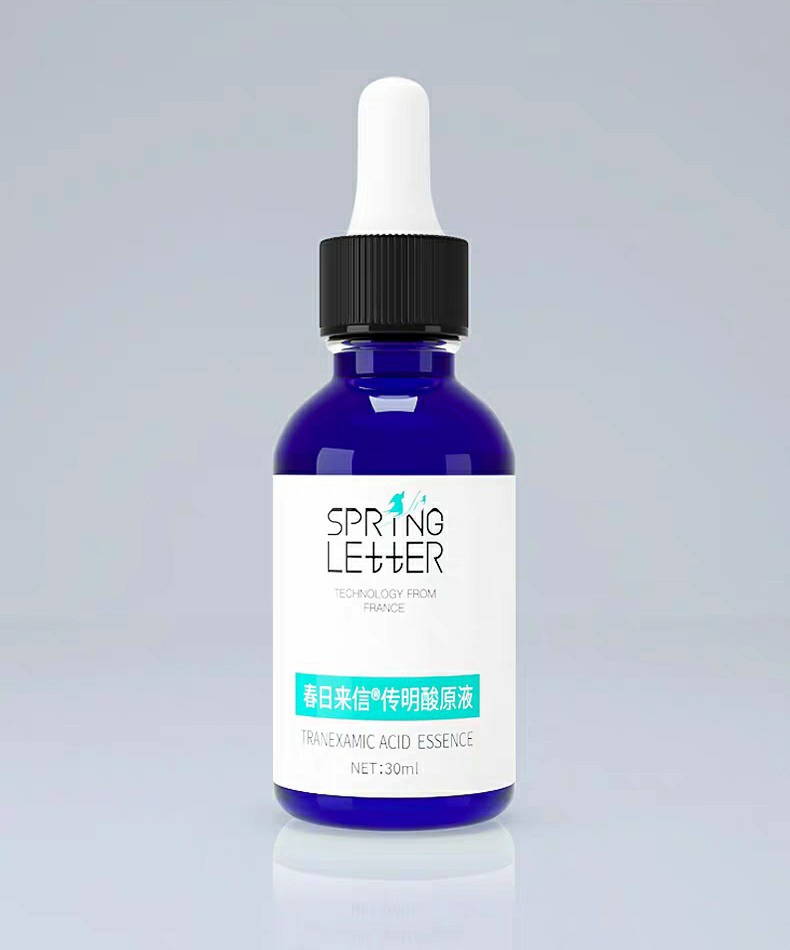Diglucosyl Gallic Acid
Details
A biotechnologically created molecule that is activated by the skin's microbiome (the massive amount of microorganisms living in symbiosis with the skin) to act as a skin-brightening, anti-inflammatory, and photo protectant ingredient.
Once applied on skin, THBG is partially converted by the skin microbiome into THBA (Tri Hydroxy Benzoic Acid – a natural inhibitor of the melanin-producing enzyme, tyrosinase), and the two molecule act in synergy to control the skin color. The duo are claimed to work on 7 (!) levels, from acting as antioxidants (inhibit ROS production and preventing UV induced DNA damage), through to being anti-inflammatory (decrease vasodilation and redness, reduce inflammation), to blocking the melanin creating process in multiple ways (control MITF gene, hinder melanin transfer to top skin layers, and block melanin synthesis even under UV conditions).
As for proof, the manufacturer published a pretty well-designed, double-blind, 12-week long study using 2% Brightenyl on 20 Korean women. They concluded that "THBG controls skin tone via the inhibition of melanin synthesis as well as the modulation of skin brightness, yellowness, and redness." They also included nice before and after photos which show visible skin tone improvement and spot fading (but do not expect magic, pigmentation did not disappear, only faded somewhat).
Show me some proof
- Chajra, Hanane, et al. "Trihydroxybenzoic acid glucoside as a global skin color modulator and photo-protectant." Clinical, cosmetic and investigational dermatology 8 (2015): 579.






